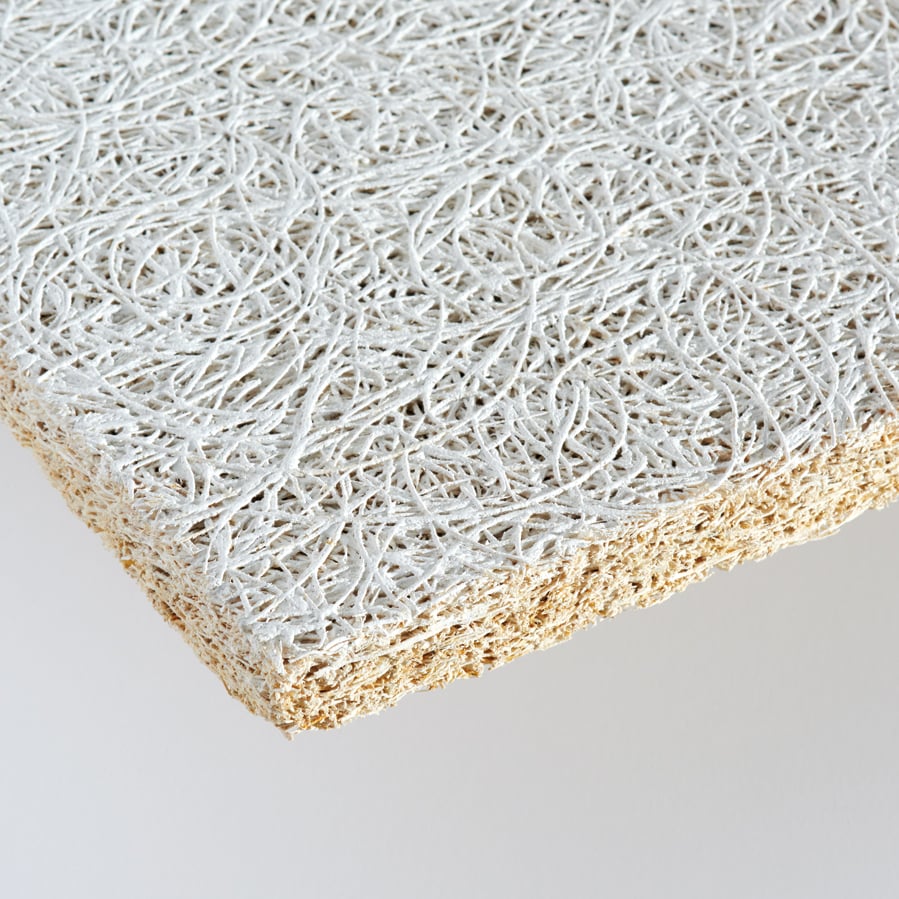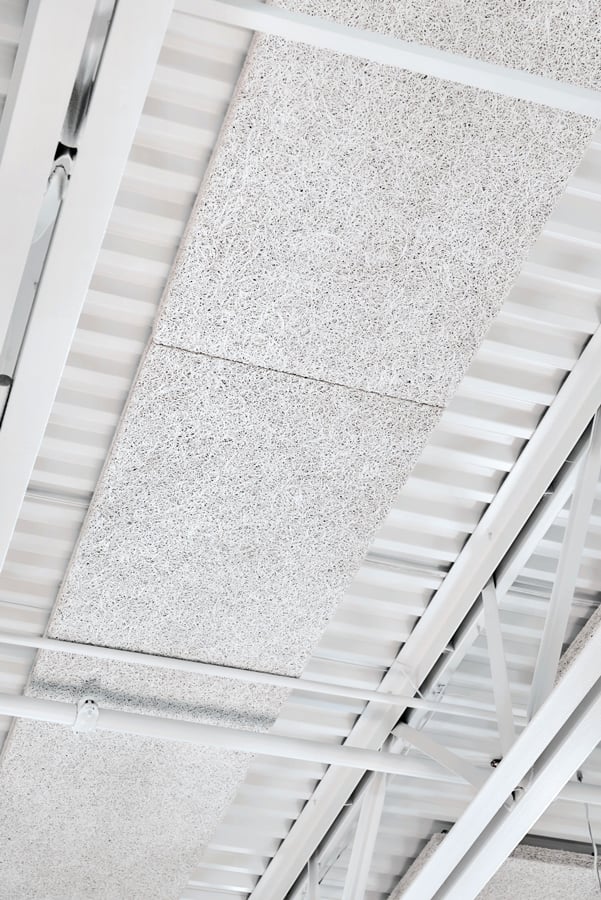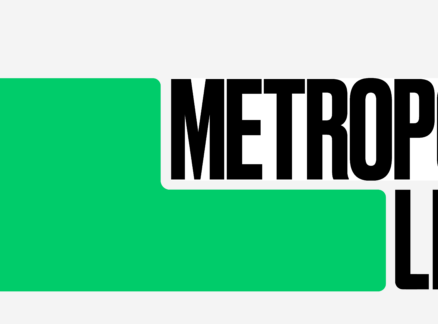
April 10, 2019
A Humble Acoustic Panel Achieves the Design Industry’s Most Rigorous Sustainable Certification
Tectum is one of only 21 products certified by the International Living Future Institute under the Living Product Challenge Imperative, and the list’s only acoustic panel.

Tectum panels are ubiquitous in high-impact environments, easily recognizable by their resemblance to shredded wheat, and well known for acoustic performance. Less familiar is the fact that Tectum is one of only 21 products certified by the International Living Future Institute under the Living Product Challenge Imperative, and the list’s only acoustic panel. (Although Tectum encompasses roof-deck, wall, and ceiling panels, this recognition currently applies only to one-inch wall and ceiling panels in white and natural.)
The Living Product Challenge is a rigorous certification. But when Armstrong World Industries acquired Tectum, Inc., in 2017, it immediately identified the product as a candidate to put through the process, because its composition was already highly sustainable. Tectum is a wood composite derived from the Wisconsin aspen, a tree that quickly regenerates thanks to a robust root system. To create Tectum, the Forest Stewardship Council (FSC)–certified wood is air-dried and pressed into panels using natural binders (magnesium oxysulfate and sodium silicate sourced from sand) instead of more common petroleum- or formaldehyde-based binders.
According to Anita Snader, Armstrong’s environmental sustainability manager, certifying Tectum did not mean making compositional changes. But to meet the Living Product Challenge, merely boasting a sustainable makeup was not enough. All certified products must meet core criteria under seven “petals,” or performance areas. These range from the measurable (energy footprint or net positive waste) to the sublime (“beauty + spirit” or “human thriving”), and crucially, the life cycle of a product. Though Tectum was always FSC-certified, its packaging is now, too. And most significantly, Armstrong invested in a lighting retrofit project at its ceilings plant in Marietta, Ohio, reducing its energy footprint and paving the way toward Living Product Challenge certification.
Snader says the journey has allowed Armstrong to articulate Tectum’s “handprint,” a Living Product Challenge term that summarizes a product’s positive impact on the environment, in contrast to its “footprint,” or negative impact. Looking back, she says, certification has turned into a larger improvement plan for Armstrong—one consistent with the company’s mission to create better spaces and, more importantly, one with work still under way.
You may also enjoy “Trend: Cork Look.”
Would you like to comment on this article? Send your thoughts to: [email protected]
Recent Products
Products
What We Loved at ICFF 2025






